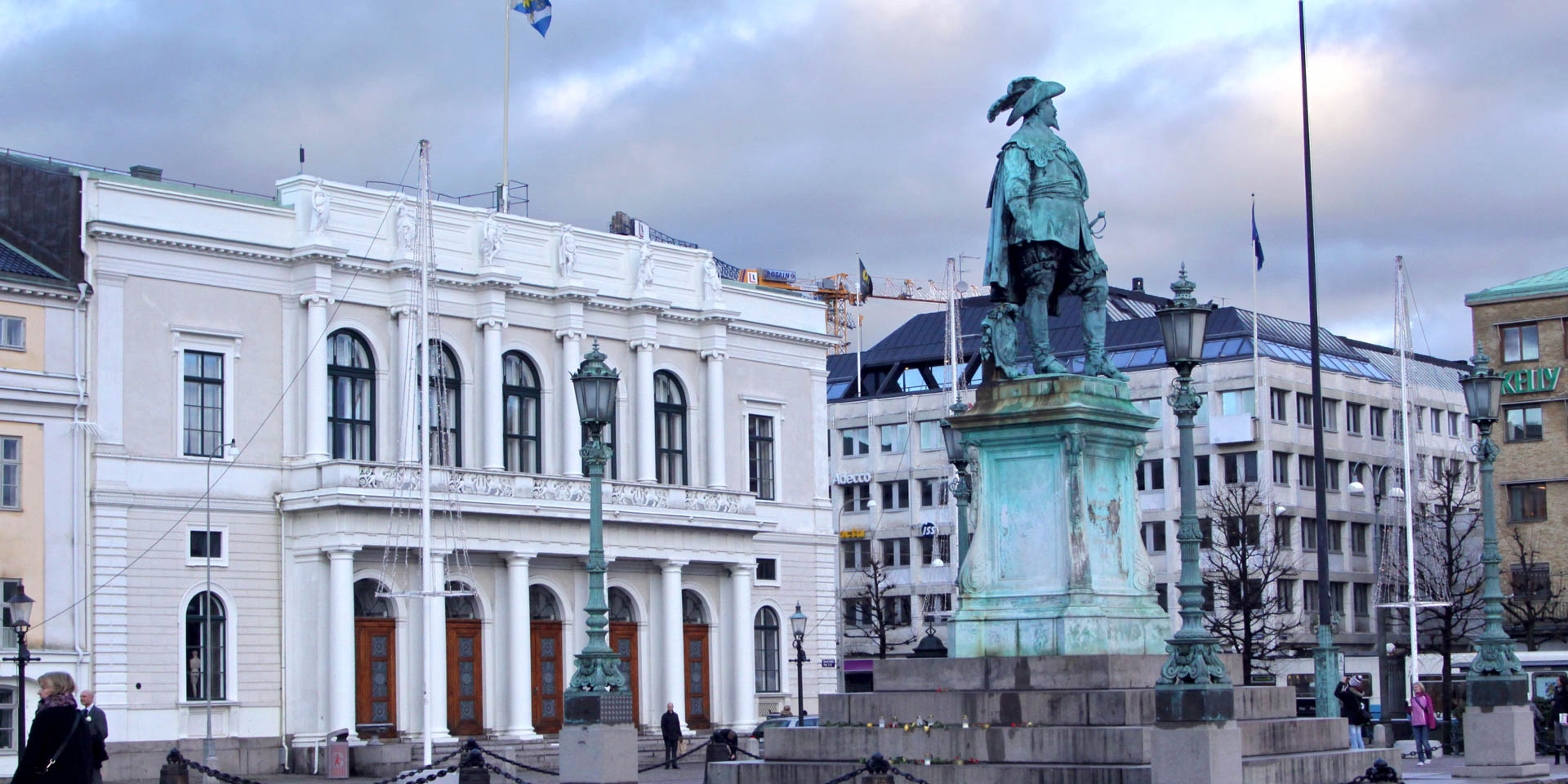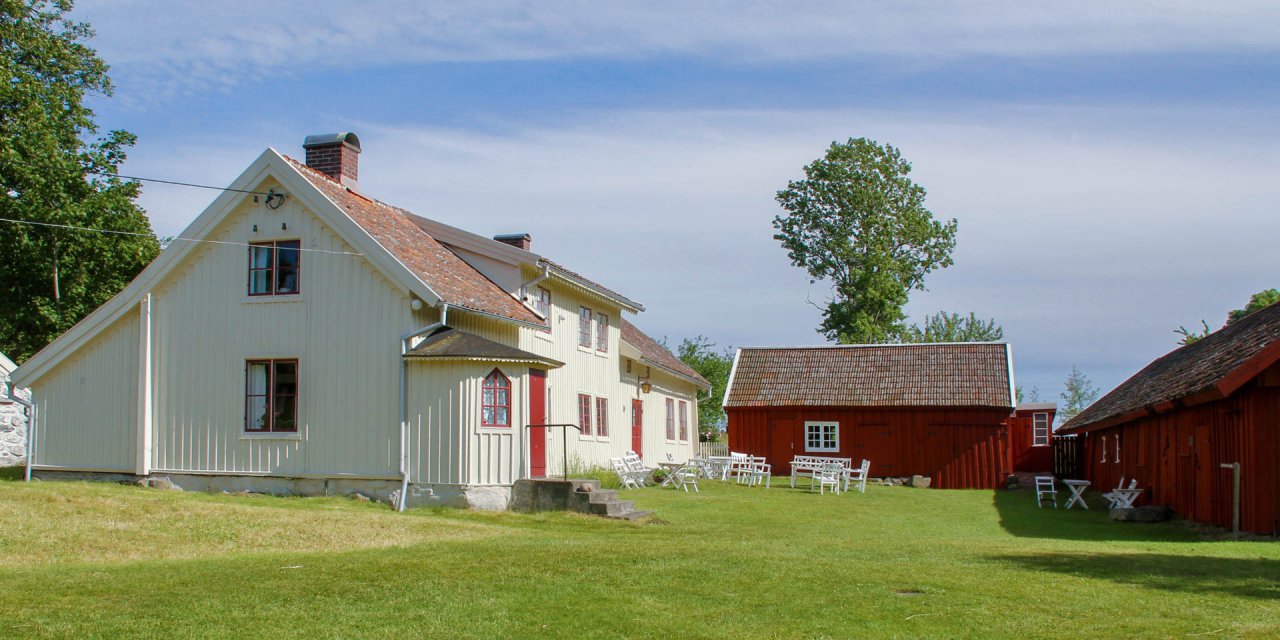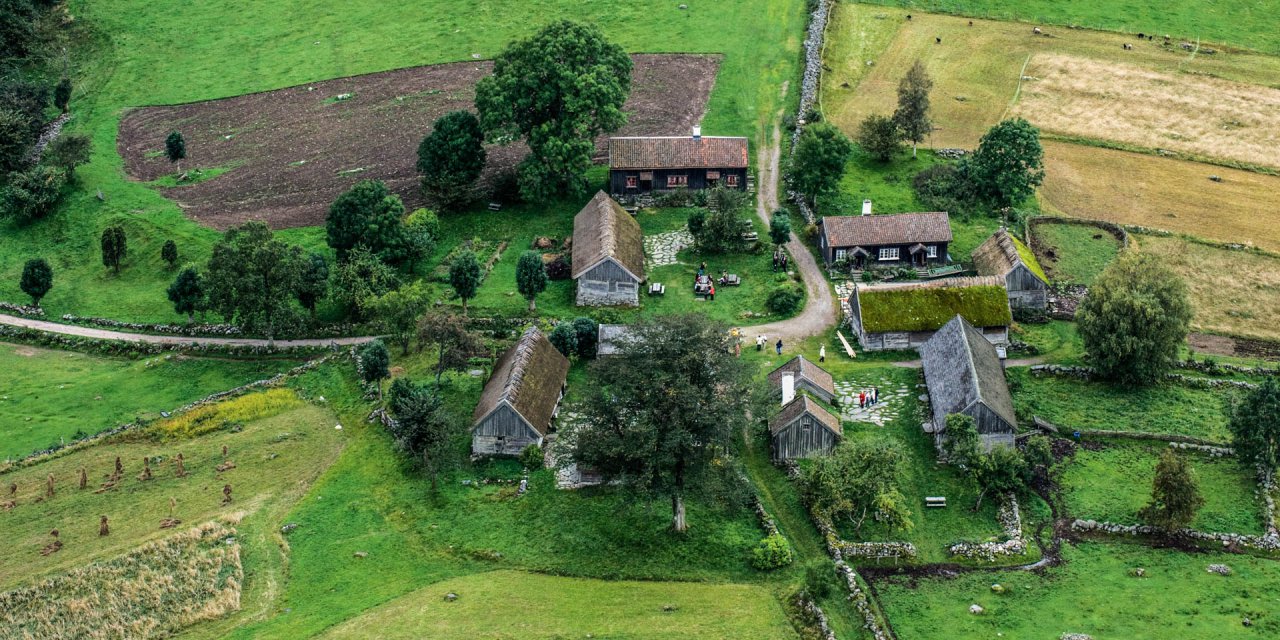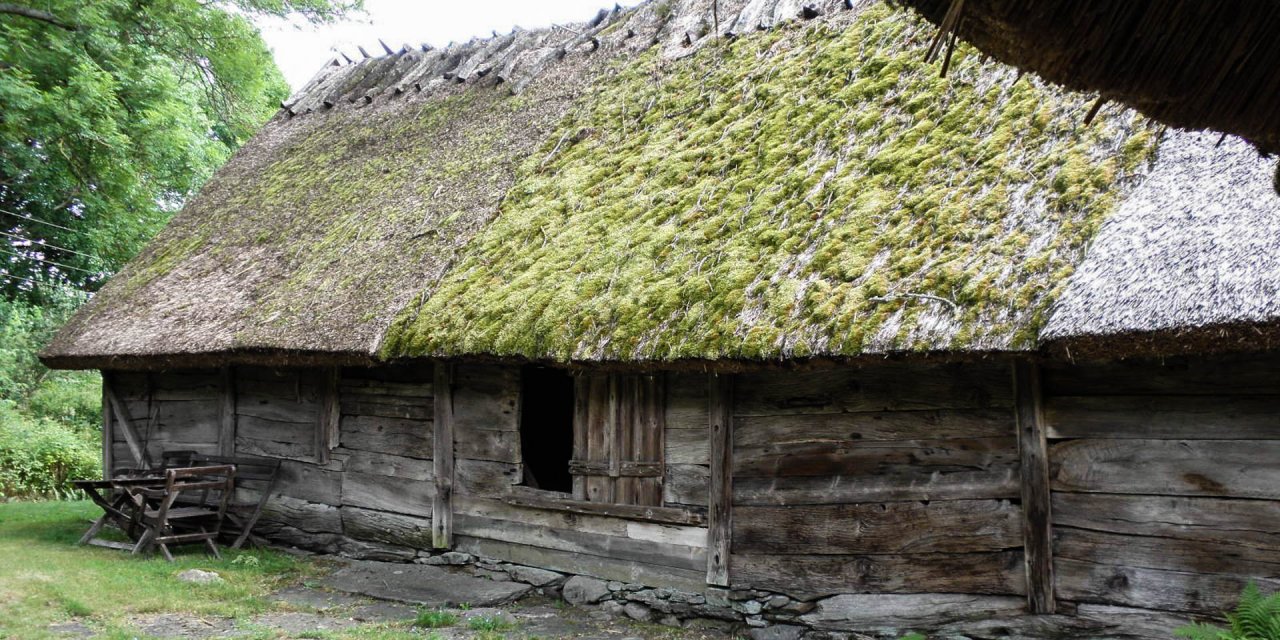

Gustaf Adolfs Torg
Representative square in Gothenburg
The
strong>Gustaf Adolfs Torg in Gothenburg is a representative square in the centre of the Swedish West Coast metropolis. In its centre stands the large statue of the city founder King Gustav II Adolf (1594 – 1632), the oldest public work of art in Gothenburg.
Today, Gustaf Adolfs Torg covers an area of 6,300 square metres and is flanked on its north side by the Wenngrenska Huset, built in 1760, the Stadshuset completed in 1759, and the building of the former stock exchange, inaugurated in 1849. All three buildings now house the administration of the municipality of Gothenburg. The west side of the square is bordered by the city's town hall, built in 1672.
The square itself has existed since the foundation of Gothenburg in 1621, but has only borne the name of Gustaf Adolfs Torg since the unveiling of the royal statue in 1854. Until then it was the Stortorget, the large central marketplace of Gothenburg, where the local farmers offered their goods, most of which were brought in via the Stora Hamnkanalen on the south side of the square.
Until 1865, the square had a public drinking water supply, which was fed by a five-kilometre-long wooden pipe from the Kallebäcks spring near the nature reserve Delsjöområdet. At the same time, the pillory stood on the Stortorget, where the public punishments were carried out, which were imposed by the district court, which was then still located in the town hall.
From Stortorget to Gustav Adolfs Torg
The story behind the renaming of the Stortorget to Gustav Adolfs Torg began in 1845 with a fundraiser for the purchase of the royal statue and developed over a period of nine years into a small series of bankruptcies, bad luck and failures.
In October 1845, the sculptor Professor Bengt Erland Fogelberg (1786 – 1854) was commissioned to make the bronze statue, which was to be delivered before the end of 1847. The foundry in Rome, which was contracted to cast the statue, was not able to cast it until 1849 due to political unrest and the resulting shortage of materials, however, the casting was thoroughly unsuccessful.
Professor Fogelberg then took the model to Munich, where the statue was cast a second time in 1851, this time successfully. During the sea transport from Hamburg to Gothenburg the freighter with the statue ran onto a sandbank off Helgoland. The statue was salvaged by the Helgolanders, but since the starting price at the auction of the salvage was higher than a new statue, the Gothenburgers did not bid. After a detour via Hamburg, the statue was then transported to Bremen, where it was placed near the town hall square until it was melted down for military use in 1942.
Since the model was still intact, the statue was cast a third time, again in Munich, and finally unveiled on November 18, 1854 in a grand ceremony on the square, which was simultaneously renamed Gustav Adolfs Torg. Since then the square has been the "fine square" of the city of Gothenburg, so to speak, and is only used for special occasions. During the Christmas season, the city's large Christmas tree stands there, and the historic square forms the romantic backdrop for the annual Christmas market.



